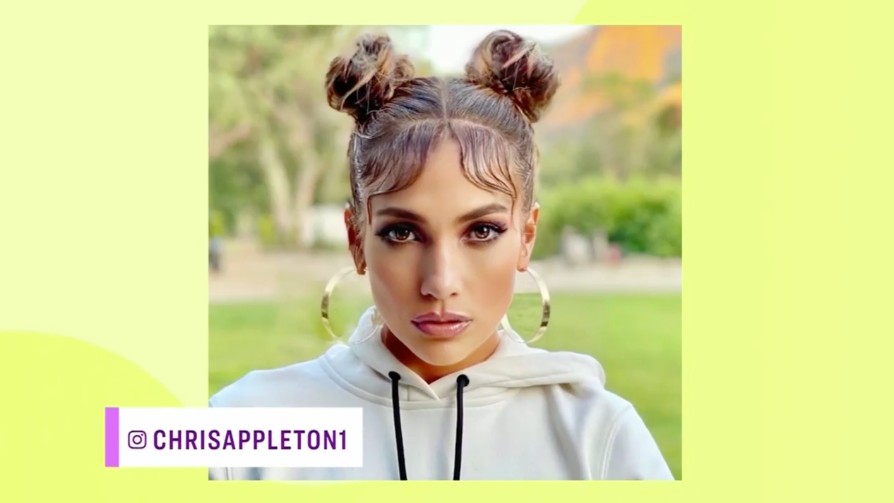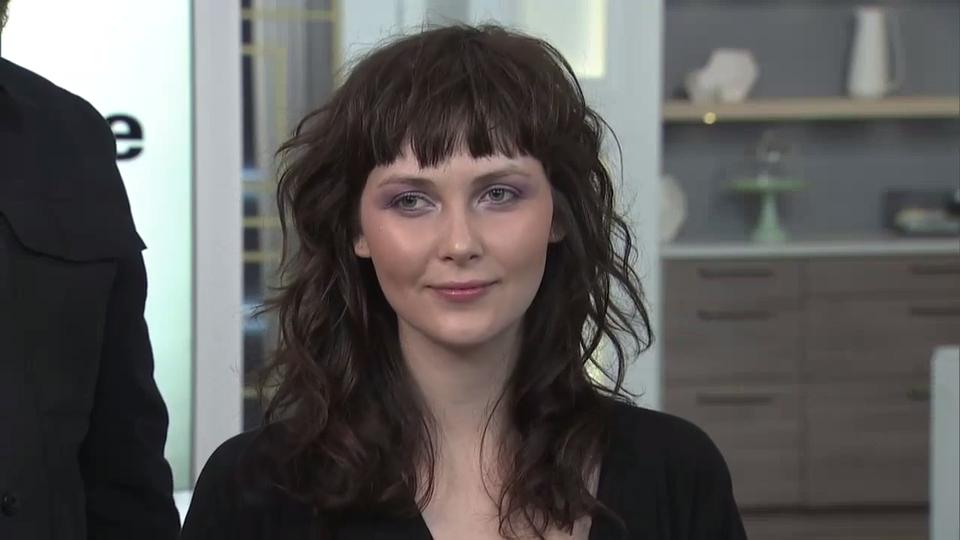Blow drying, straightening, curling – we love it all! But the heat damage that can result from it? Not so much. While hot tools can definitely leave your hair looking more stylish and put together, over time, heat damage can lead to dry, brittle strands. If you’ve damaged your hair with excessive heat, here are some ways to return your tresses to their former glory.
Why use heat at all?
Many of us have had the opportunity to take a bit of a break over the last year from blow-drying and ironing our hair every day. A lot of people are saying they’re noticing that their hair is much healthier without the excessive styling, but heat styling is still pretty essential to achieving a polished look. It’s the heat from a blow dryer or iron that makes hair appear shinier and smooth, and it’s also heat that can help to achieve the stylized looks people want for their hair.
What does heat damage look like?
When we overuse heated tools, we run the risk of our hair being damaged from too much exposure to heat. This happens on a microscopic level! When hair is damaged with excessive heat, you begin to rough up the cuticle, making it get blown out. Visually, this looks like:
- Split ends or ends that easily break off
- Loss of your natural curl pattern
- White nodules at the end of your hair shaft
- Overly dry hair
- Rough or stringy hair texture
- Hair that tangles and knots easily
What ends up happening is that day to day we keep trying to make the hair look its best. This becomes a cycle of adding more heat, and therefore causing more damage. When hair gets just too damaged, the only option is to cut the ends off because it’s just too far gone to repair.
What can we do to save heat-damaged hair?
The first thing we need to start with is determining whether our hair needs a moisturizing or reparative protein approach to our dry damaged hair. To determine this, take a strand of hair when it’s wet and tug at it. If it snaps right away and feels almost mushy, then you need to focus on protein. That’s because we need to try to repair that hair with protein and ceramides. Look for words like “repair” or “restorative” on shampoo and treatments.
If your hair doesn’t snap and just appears dry when styled, then you want to focus more on moisture. Products will say “moisture” on them or “for dry hair”.
You can also use a detangling leave-in conditioner when combing out your hair. This helps you avoid breaking your hair when combing it out, since wet hair is weaker than dry hair.
Always use a blow-dry cream when styling your hair, whether curly or smooth. They often add heat protection to your hair. You definitely don’t want to apply heat to your hair without some form of protection and a blowout cream or curl cream is essential for this.
Lastly, once in a while, you should always focus on doing a treatment to help either rebuild or lock in moisture. Once a week is ideal. That will help to rebuild your damaged cuticle and make the hair appear healthier overall.
To prevent heat damage moving forward, here are some things to keep in mind.
First, when you’re just out of the shower and towel drying your hair, be gentle. A lot of continued breakage of dry hair happens when people aggressively towel dry their hair. For those with curly hair, try using an old T shirt – it’s gentle, but it also doesn’t disturb your curl pattern. For the real hair nerds out there, you can also try using a microfibre towel because it’s gentler on the hair cuticle.
Secondly, once you’ve applied your heat protecting blowout product, always remember to dry near to 80% of the moisture out first if possible. The reason is because wet hair is actually quite fragile and if you pull at it when it’s wet, it will run the risk of tearing and breaking a lot easier than if it’s dryish. So, try to rough dry as much as you can before going in with a round brush.
Other tips include lowering the heat on your tools. Simple but effective. Keep your blow-dryer from direct contact with your hair. Too often people sandwich their hair with the blow-dryer nozzle and the brush. This just adds overly direct heat against the hair, causing damage.
One last tip is to really just use your straightener minimally. Try to do less passes on your hair and really be gentle when passing a straightener on the hair.





